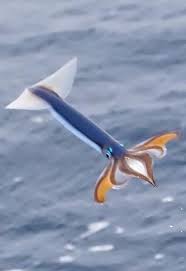AKA: The Sun is 455,000 times brighter than 1/455,000th the brightness of The Sun.
That’s what I was getting from this, yes.
The moon is more useful than the sun since the sun is already out when it’s daytime but the moon gives us light when it’s night time
deleted by creator
Okay, so the Moon weighs about 0.012 Earths. The Sun weighs about 333,000 Earths. Meaning the Sun is about 27.75 million Moons. Clearly, then, we can’t assume they mean that 455,000 Moons would collapse into a star and be just as luminous.
So now what I’m wondering is: does ~1/455,000 of the Sun’s light hit the Moon? That can’t be true at all, right?
I’m guessing this was more the reality:
“Boss, we have one more panel to fill. What do I put there?”
“Deadline’s in an hour. Just put some shit in about the moon and send it to press.”
Yeah! Science, bitch!
Checking here https://en.wikipedia.org/wiki/Apparent_magnitude the sun is listed as “about 400,000 times as bright as mean full Moon” so pretty accurate.
How much brighter is it than a nice full moon?
You do know the moon doesn’t generate its own light, right?
Apparent magnitude DGAF
Pssh! You still believe in the moon?
A mirror doesn’t generate its own light either, but would you try shooting a weapons grade laser into one and pointing it at one of your eye sockets?
The original post is equivalent to saying “this mirror is 1/8 the brightness of the light bulb in my room” and then buying 8 mirrors and turning off the light bulb.
That’s the fun of out of context comics. This one doesn’t state that the goal is to replace the sun, but to equal its brightness.
Suppose batman has a new sun-powered gadget, except well he’s Batman so it needs to work at night. But he’d need 455000 moons to pull that off, and yet he does it somehow.
I’d read that comic…
I wouldn’t compare the brightness of a laser to a reflection of itself. That’s the issue I’m seeing.
Why not? There’s a bunch of applications where that is a requirement.
The Lunar Laser Ranging experiments are a fun one, I think. Scientists shoot lasers at mirrors placed in the moon and measure the trip time of light to calculate the distance of the moon to the millimetre.
However:
Out of a pulse of 3×10E17 photons aimed at the reflector, only about 1–5 are received back on Earth, even under good conditions.
Wonderful use of negative space
I’m glad you’ve found an upside to this fiasco.






